|
A longtime IT professional and dedicated community volunteer, Amita Vadlamudi also enjoys learning about ancient cultures and mythologies. Among the topics Amita Vadlamudi has studied is ancient Greek mythology. Many people are familiar with the legends of Zeus and Poseidon, and those who have ever ventured into Greek mythology know the likes of Hera, Demeter, and Icarus. However, most people know little about the other hundreds of gods from ancient Greek traditions. Keep reading to learn about three of the lesser-known gods.
Computer systems engineer Amita Vadlamudi worked in the IT industry for over 30 years. In her free time, Amita Vadlamudi enjoys reading about ancient history. One of Herodotus’s Seven Wonders of the World, the Hanging Gardens of Babylon are estimated to have been built around 600 BC. The exact site of the gardens, lost to an earthquake in the second century BC, has never been revealed despite extensive excavation. The legend goes that King Nebuchadnezzar II built the gardens in the desert-climate city in order to please his homesick wife, Amyitis, who was originally from the lush mountainous region of Media. The gardens have been inexactly described as “hanging.” Plants were not suspended in a hanging system but were installed on a series of massive terraces. The Latin word describing the gardens, “pensilis,” can mean to hang, or more accurately in this case, to overhang, providing an account of these impressive gardens rising one after another.
In addition, Oxford University scholar Dr. Stephanie Dalley has recently suggested that the gardens were not located in Babylon at all, but in Nineveh, some 350 miles to the north. This expert on ancient Mesopotamian cuneiform texts believes King Sennacherib built the massive gardens, based on the king’s own records and the discovery of an extensive ancient aqueduct system just outside the city. |

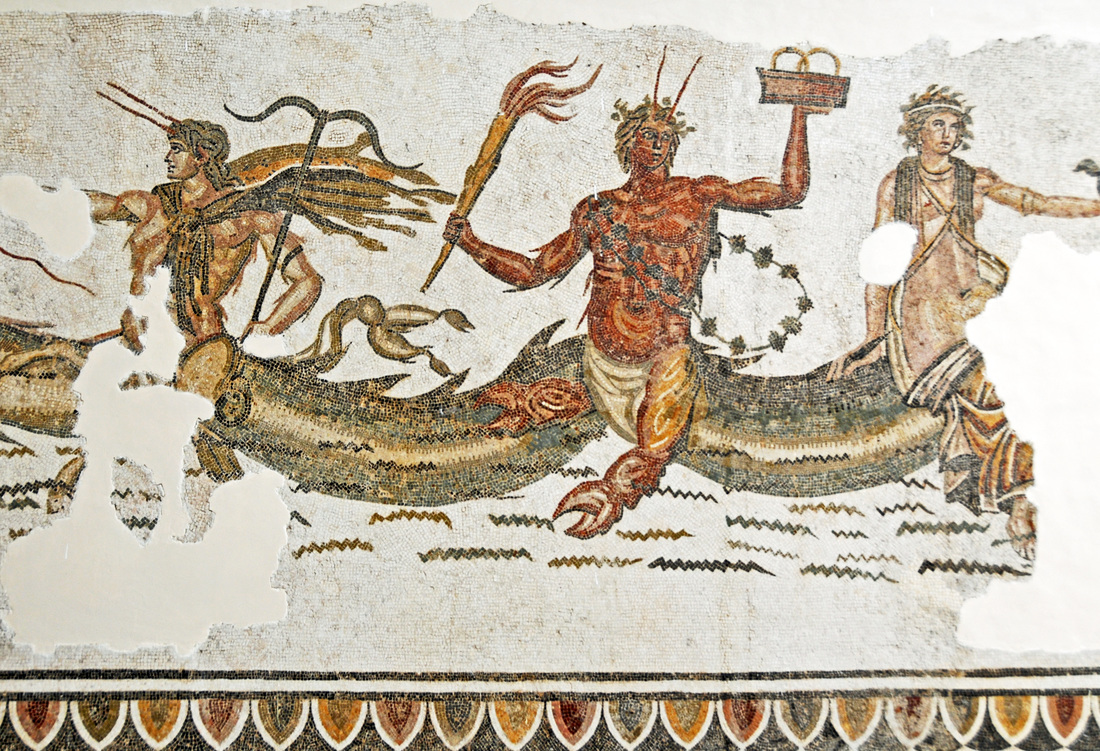
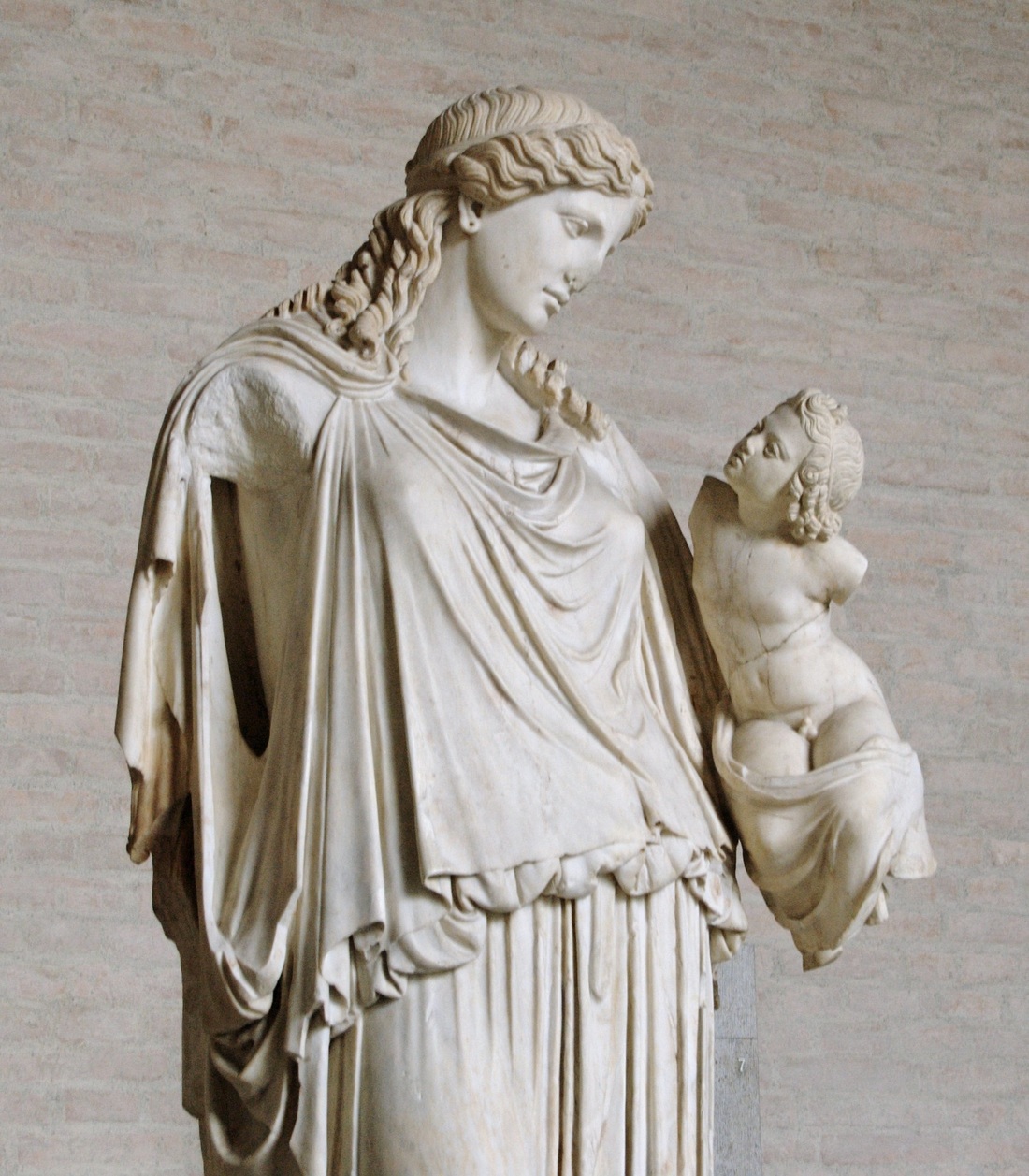
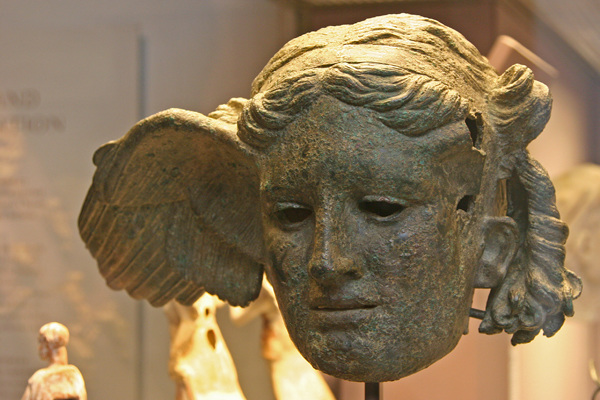
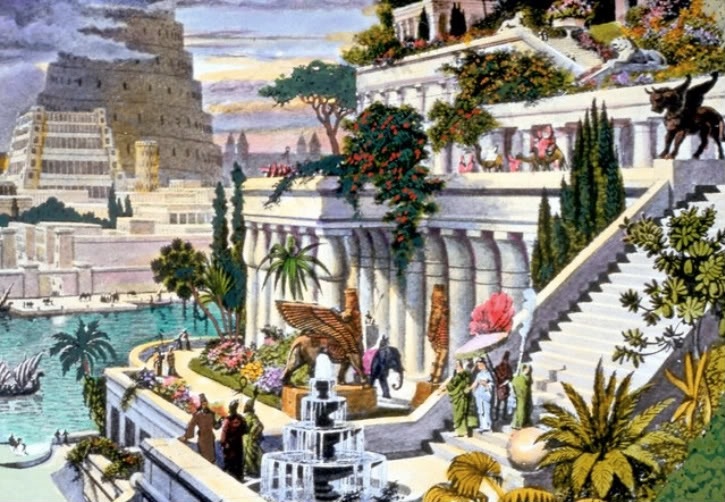
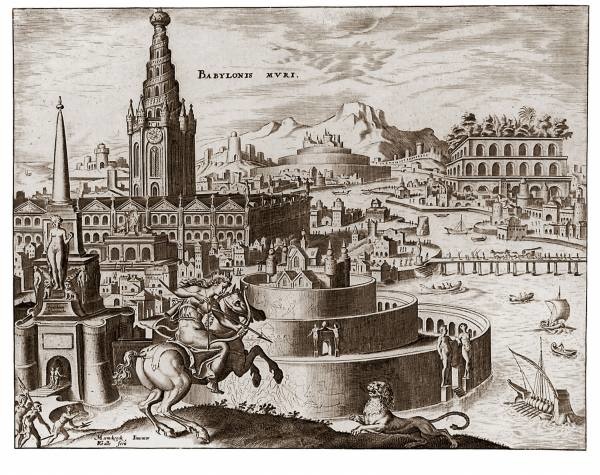
 RSS Feed
RSS Feed
